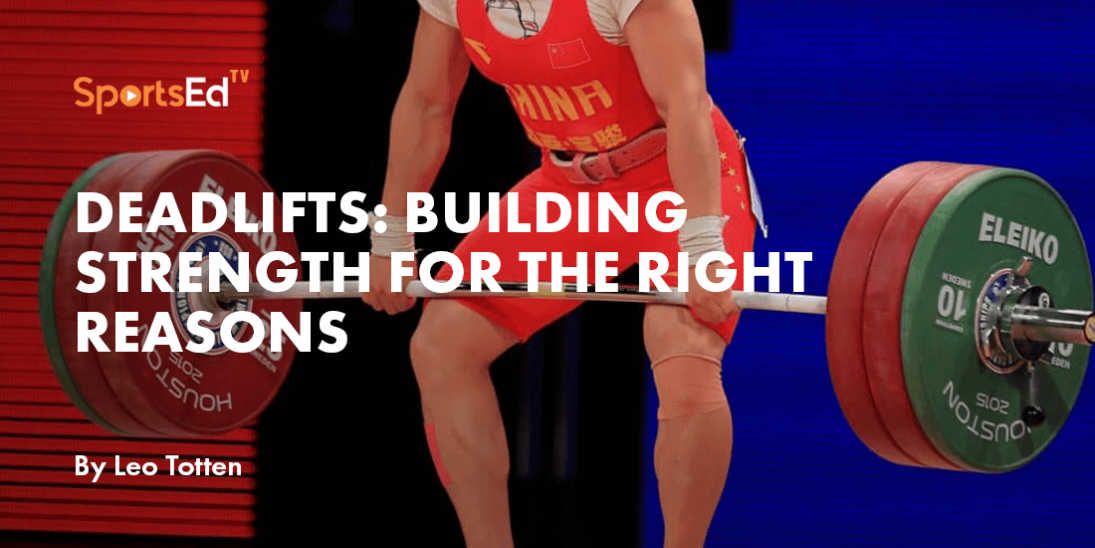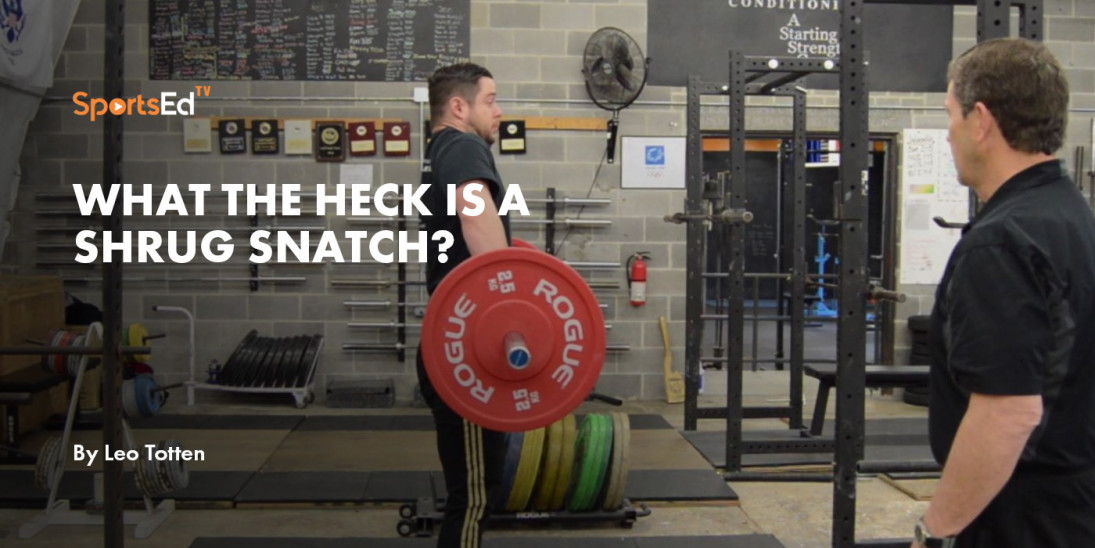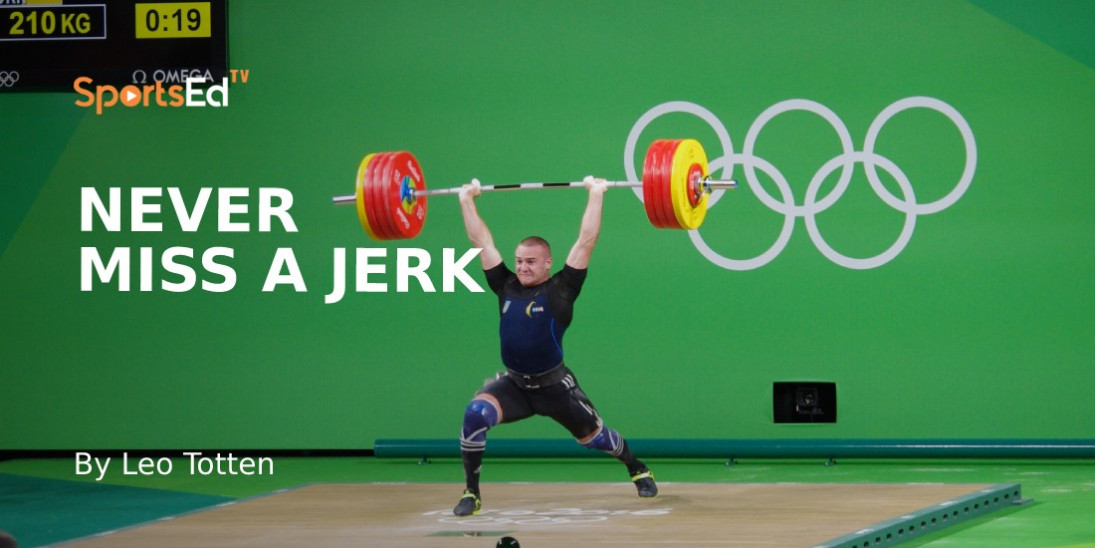Weightlifting
Welcome and thanks for visiting...

SEE IT, DO IT: VISUALIZATION WORKS!
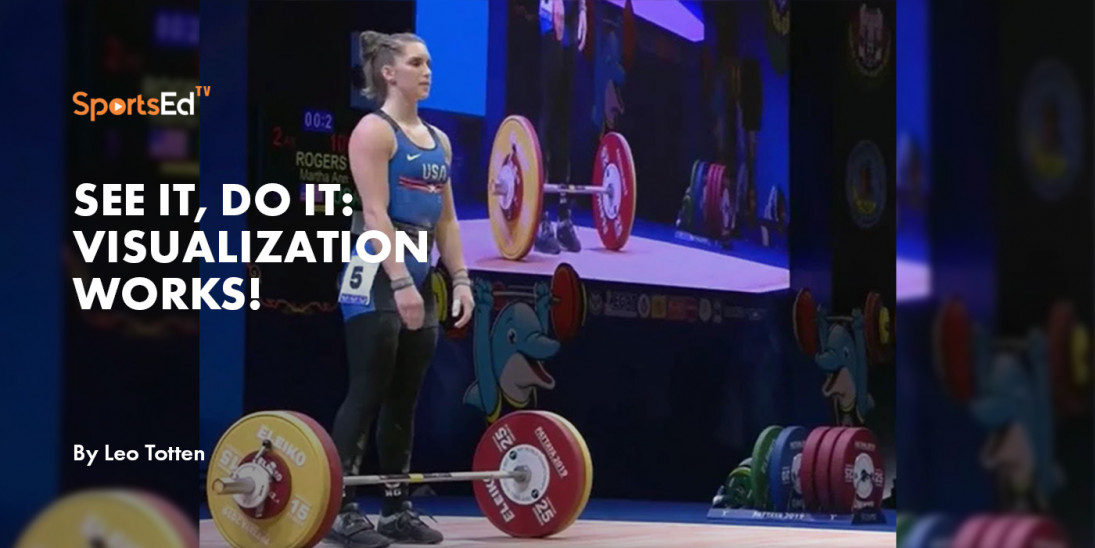
SportsEdTV Weightlifting is committed to bringing athletes, coaches, and parents pro-level weightlifting education videos for FREE. All levels, anywhere, anytime. Check out our full instructional library and sign up to join our weightlifting community!
Coach Totten, a retired high school coach and administrator, has had a long and successful career as an athlete, a coach, and an educator. Leo competed in weightlifting at the national and international levels and is the founder and director of Totten Training Systems. Coach Totten can be contacted at https://www.tottentraining.com or on Facebook.
Recently, Harvey Newton wrote a great article entitled, “Are You Training Your Positive Mental Attitude (PMA)?” Harvey and I go way back in our journey through the weightlifting world and we certainly see eye to eye on many issues surrounding our sport. His views presented in this article on mental training are spot on and directly reflect my background and training.
The points that he brings up are relevant for weightlifters, as well as athletes from any sport. The mental skills mentioned are as important as the physical skills that athletes strive to attain. These skills include self-confidence, optimal level of arousal, imagery (visualization), and concentration. Harvey also discussed the “3 D’s” – desire, discipline, and dedication. All of these factors, combined with the physical skills attained in the weightroom, provide the athlete with the best weapons to succeed.
Let’s delve a little deeper into a part of mental training that is near and dear to my heart, visualization. My own personal experience can vouch for the efficacy of this skill. Here is a bit of my history to make the point:
Back in the day, I was a pretty good national level weightlifter. Not international elite, but right up there nationally. Everything was going well in my training, but every time a big meet came along, I often didn’t put my good training lifts on the competition platform, where it really counted. My totals had leveled off. I figured the harder I tried, the better I would do, and I’d climb out of the rut I was in. But the harder I tried, the worse I did. Then worrying and self-doubt really settled in. Things got worse and no matter what I did, I couldn’t get out of the mess I was in.
I tried everything. I sat in the warm-up room with a towel over my head, trying to aggressively “get up.” It’s not my nature to do that, but I was desperate and trying extra hard. That didn’t work at all - by the time I got to the platform, the adrenaline was shot; I continued to miss lifts.
Three weeks out from a big meet, I was driving down the road, thinking about the upcoming meet. In my head I considered my starting attempts. What to take on my next attempt? What if I missed? What were the other lifters in my class doing? Basically, I was wasting a lot of mental energy worrying about things out of my control. By the time the meet came my adrenaline was shot; my performances continued to spiral downhill.
Learning a New Skill
I saw in the local paper that a priest at nearby Mount St. Mary’s College was doing some hypnosis work with the local police department in order to help them solve crimes. He also worked with the school’s decathletes that were good nationally and internationally. If you know about the decathlon, you know there are big bursts of effort followed by a lot of down time between events. This goes on for two grueling days. The athletes utilized the priest’s relaxation and visualization methods and their performances kept getting better.
I was desperate and needed to do something, so I gave him a call. It turned out to be one of the best, most beneficial phone calls I ever made. He invited me to stop by his office where we spent two hours discussing my situation and the best approach to help fix it. He took me through the relaxation and visualization principles for several sessions and even made an audio tape for me to practice at home.
Needless to say, I just about wore out the tape. When I began it was frustrating, because in my head I missed more lifts than I made! In mentally attempting 10 snatches, I only made one. As mentioned previously, when I started doing these drills, I was a mess. But, with practice I gradually improved to the point where I never missed a lift. In actual practice I was back to having fun again. Pressure to succeed was gone and my lifts were moving again.
Visualization
So, what is visualization? As stated in this blog title, you see the positive image in your mind; if you can see it, you can do it. I know that sounds very simplistic, but it is really that simple. But this is a learned skill that needs to be practiced, just like any physical skill. Many athletes and coaches don’t want to take the time to work on this aspect of performance, but I can tell you, the effort is worth it.
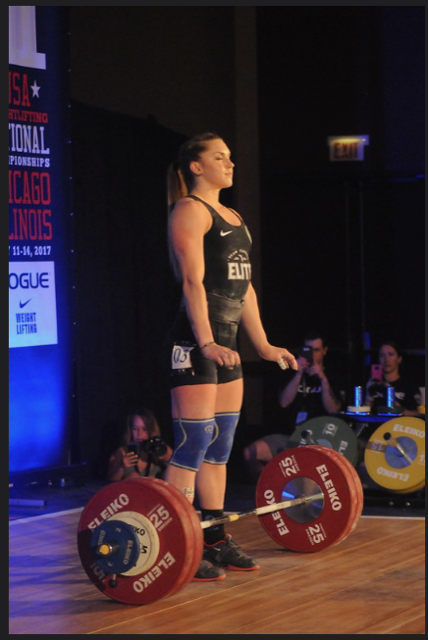
Bruce Klemens Photography
Mattie Rogers psyches before a big lift
The first important part of visualization is becoming relaxed. There are many ways of doing this. The more relaxed your body is, the greater the effects of visualization.
There are two ways of visualizing – viewing from the outside in and from the inside out. Visualizing outside in, you see yourself as in a video. There is a clear view of body positions, the bar movement, and the surroundings. Visualizing from the inside out is as if you had a GoPro on your forehead. You see everything in front of you while lifting – the bar, the chalk, the officials, the crowd. Some athletes are better at one way or another, but both are effective. I sometimes found myself doing both during a session. Coaches, please find what works best for each individual athlete.
Using Visualization
When to practice visualization? My initial sessions of relaxation, then visualization took about 20-30 minutes. They were done in a different time frame from physical workouts, usually three times per week. With practice, mental training sessions became more effective and shorter. I remained consistent with three sessions, between lifting sessions. As time in effective sessions continued to shorten, I went to five-minute sessions immediately before a physical workout. I used mental rehearsal of the main lift for that day. Another effective way was to use another five-minute session right after the main lift. This reinforced the physical with the mental.
Eventually, the athlete gets into a relaxed state and visualizes the lift just before execution. Harvey mentioned Alexeev appearing to be asleep. Instead, he relaxed and visualized to get his pulse rate to where he wanted it for max performance. Rigert was also known for his amazing feats of strength and mental power – in the photo you see him gathering that focus before another huge weight is attempted.
Coaches, beware: know your lifter! Sometimes at a national meet I’ve seen an athlete miss the first two snatches. With only two minutes on the clock to recover and compose, the adrenaline is pumping. The lifter may be afraid of bombing out. I recommend that they sit, stretch the legs out, and gain breath control. Reduce the heart rate as much as possible. If they have practiced visualization and are good at it, have them visualize success once or twice.
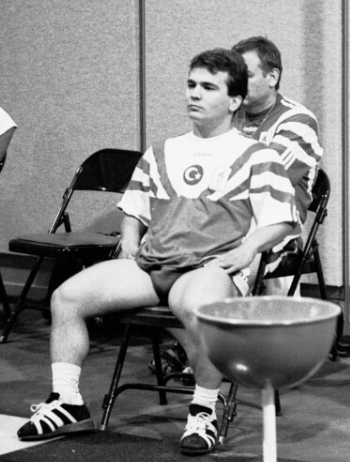
Bruce Klemens Photography
Naim Suleymanoglu relaxes backstage at the 2000 Olympics
But, a word of caution about using visualization during competition if techniques have not been regularly practiced. In this case it might work against a lifter. Remember my first efforts when I pictured many a missed lift.
I am not a sport psychologist or psychiatrist. I do have my own visualization experience in the weightlifting world, and I have studied extensively the techniques and methodologies around mental training. It has worked for me and I use the techniques with my lifters, as well as with other teams and athletes.
At one point, at the high school where I taught, I also was varsity volleyball coach. From the first day of practice, we did all of the physical skill work, along with two sessions per week of relaxation and visualization. We were state runner-up one year, and state champion the next. I am not saying this was the only reason we won, but I strongly feel the mental part was what put the team over the top.
For any naysayers that think this mental training is hocus pocus, just remember: A strong mind won’t win a medal, but a weak mind will lose one!
Once again – see it, do it, visualize… it works!


